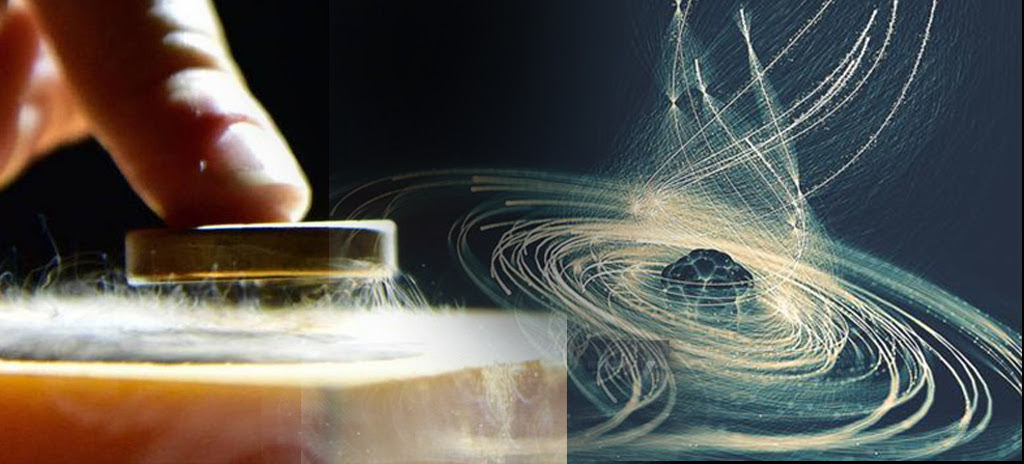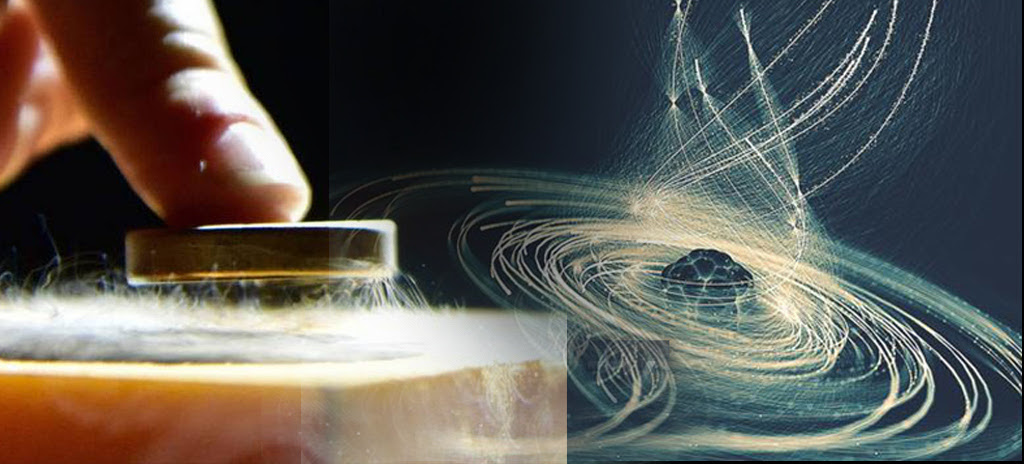
Some materials can conduct electricity without any resistance, and therefore without any loss of energy when subjected to very low temperatures. This characteristic is called superconductivity and occurs when a material is cooled to a temperature near absolute zero, at -273.15˚C and noted 0 K, for Kelvin.
This property was discovered in 1911 by Dutch physicist Heike Kamerlingh Ones by cooling mercury to -268.95˚C. Today, superconductivity is closely related to quantum mechanics, the study of matter on a micro- and nanoscale.
In quantum mechanics, scientists believe that the electrons that make up atoms and molecules can have specific amounts of energy, and when the electrons are cooled to a sufficiently low temperature, they can pair up, called Cooper pairs.
These pairs are bound together by an electrical attraction force that comes from the interaction of the electrons with vibrations within the material. When these pairs are formed, they can move in the material with a zero resistance force, so the electricity produced has no energy loss. The interest of superconductivity is therefore to be able to transport electricity over long distances without loss of power, with maximum efficiency.
In contrast, the materials currently used to produce electricity cause a loss of energy that is converted into heat and dissipated in the material. This electrical resistance is caused by the interaction of electrons with the atoms of the material and the more resistive a material is, the greater the collisions and the loss of energy.

Between the conventional material and the superconducting material, some materials have a very low resistance, such as silver, copper or aluminum for example. Another advantage of a superconducting material, in addition to having no resistance to the flow of electricity, is its ability to create a magnetic field when cooled to very low temperatures. This characteristic allows it to be used to manufacture very powerful magnets that do not suffer any loss of energy.
This ability of superconducting materials to conduct electricity without resistance only at very low temperatures is also its main drawback. The use of this type of material remains very expensive, and not very suitable for current applications, and the materials concerned are also subject to limits beyond which they can lose their superconducting property. The discovery of materials that can be used at room temperature would make it possible to benefit from the advantages of superconductivity without having to cool the materials to an extremely low temperature.
Such a possibility would allow important technological advances in areas such as telephones, fusion power plants or magnetically levitated trains, for example. One of the most notable advances in this field is the discovery in 2008 of iron picture materials that demonstrate superconducting properties at -217.15˚C, thus above absolute zero. More recently, researchers have been able to bring superconductivity into play at temperatures of -23˚ and even 14.5 ˚ C. This laboratory discovery involves hydrogen, which is the strongest material and offers one of the strongest bonds, but this technique requires extreme levels of pressure, especially to convert the hydrogen to a metallic state.




